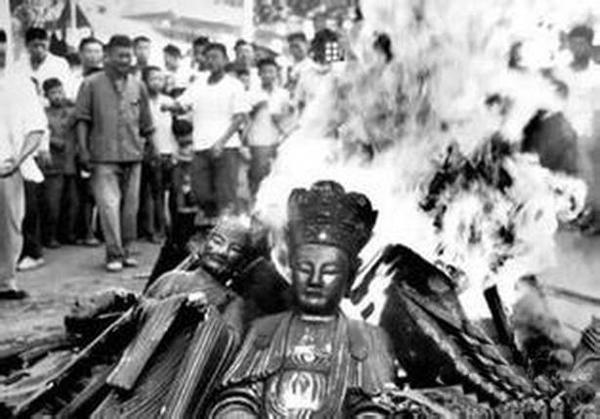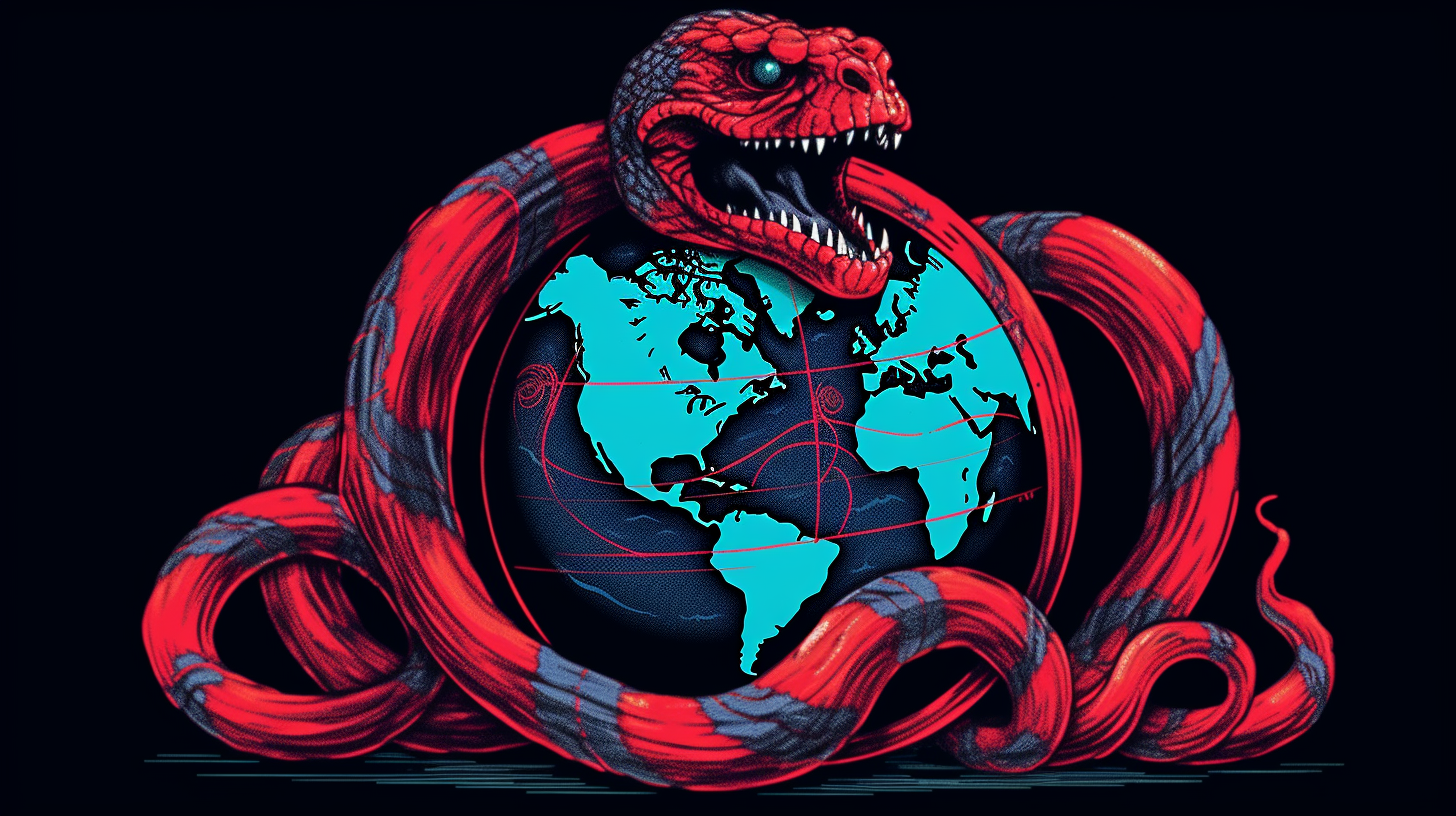Destroying Art is a Way of Destroying Freedom of Thought

A version of this article was originally published on 05 AUG 2020 on Stand with Freedom Blogger
Art is tremendously important
Not only can a glimpse encapsulate a person, but it can ignite a kaleidoscope of individual emotions. A further appreciation is to make art, and with it stems another set of sensations. There is a feeling of connection and individuality experienced in unison which speaks at a deeper level than language: a way to communicate thoughts and emotions.
Destroying art connects to a deeper part of a person, too. It means something more than ravaging beauty: it is an attempt to eradicate freedom of thought and the ability to express it. Two very stark examples should come to mind: first is the “degenerate art” movement that took place during Hitler’s dictatorship. Countless pieces were destroyed, and others taken to “enrich” the regime. For instance, in 2013, a trove of $1.35 billion in Nazi-seized art was found,1 but many pieces remain missing to this day.
The second example has been an ongoing process: the steady and systematic seizure and destruction of art by the Chinese Communist Party (CCP). Instead of exclusively destroying well-known pieces, all art is demolished and artists are promptly arrested and/or detained.

This is because the CCP refuses for thoughts to be expressed freely; all must abide by its censorship and information control, which is seen as an ongoing problem to the rest of the world.2 It wishes to control every thought of the Chinese people so it can limit their actions and ability to fight for themselves, while destroying creativity and originality. Who embodies these qualities more so than artists? After “containment,” the government can do whatever it wants with little to no interference from the common folk (even if it is detrimental).
Artists at this moment are working against the grasp of the CCP around their lives, like Beijing-based artist Li Jinshan who was forcibly evicted from his home and art studio during the official second wave of Wuhan Novel Coronavirus. This was due to corruption of the land system in China (another topic that can be endlessly elaborated on) and the current position of art in Chinese society, which was once a noble profession that is now considered unprofitable and individualistic. How was the CCP able to change a country that once cherished creativity?
It all originated with a little red book: the ignition of the Cultural Revolution. Some artists at this time were arrested and forced into labor, like Lin Fengmian (Lin Fengming, 1900-1991), a painter who studied in France and worked to increase multicultural appreciation of art in China.
He personally destroyed many of his own paintings, but was still later imprisoned. He was able to survive and eventually flee to live out his life in Hong Kong but many of his artist friends committed suicide.3 However. even today, with the introduction of the new Hong Kong Security Law,4 Hong Kong is not a safe haven for artists to flee.
There are other artists who continue to struggle with government intervention today, like Yan Zhengxue who creates art to expose human rights violations and the corruption of the government; he has been detained, beaten, arrested and forced to work at a labor camp. Some artists will form mutual agreements with the local government to avoid these kinds of situations to continue their art unhindered, yet they all are eventually attacked for being artists. No artist is safe from this eradication of individual ideas. Artists have even died from their captivity and forced labor as well, like Pan Tianshou (1897-1971) who was a traditional Chinese painter. After being compelled to partake in “struggle sessions,”5 he was forced to work while he had failing health, which eventually led to his death.
Artists are targeted because the CCP limits the freedom of the Chinese people and makes it so they can only think in the same narrow threshold, which makes them easy to control. So, the CCP destroys their works, uproots them from their homes, and does everything it can to silence them and keep them from influencing others. It tries to break their wills. Now, when thinking of dictatorships aiming to control every aspect of a people, do they typically stop at their country’s borders? Well, let’s look at Hong Kong. Many countries have publicly disapproved of the Hong Kong Security Act 6 because they know if the CCP gets what it wants, everyone would fall in line under its rule. It would demand everyone follow the regulations and requirements they demand of the Chinese people, and it is closer to accomplishing this than it has ever been. Realizing a dictatorial regime has the power to influence your everyday life directly can be shocking, but it is the first step to stopping it from becoming a reality. Being aware of these happenings can result in efforts against this threat and can help the people already subjected to it.
Art remains one of the few things that connects people during times of instability and makes them stronger. It is a way for us to look back upon history and culture, and when any authority tries to exert power over people and represses them from expressing their own thoughts and opinions, it is a mark of a totalitarian regime that will stop at nothing to attain power and control. Every aspect of every person’s life is endangered when this type of entity exists, and it’s happening right now. The people of the world need to protect democracy and freedom of thought and expression, and work towards exposing those who oppress it. Let’s start with protecting art: this is our fight, too.
Sources
- “Over $1.35 billion in Nazi art found hidden behind 'mountains of rotting food' by Aaron Souppouris https://www.theverge.com/2013/11/4/5063996/nazi-art-seizure-cornelius-gurlitt2.
- “China 17 August 2006: Official press reports new restrictions on online video” by Reporters Without Borders https://web.archive.org/web/20061123195357/http://www.rsf.org/article.php3?id_article=185793.
- Mingyuan Hu: Fou Lei: An Insistence on Truth. Leiden: Brill (2017)
- https://www.bbc.com/news/world-asia-china-527658385.
- Lipman, Jonathan Neaman; Harrell, Stevan (1990). Violence in China: Essays in Culture and Counterculture. SUNY Press. pp. 154–157.
- https://www.aljazeera.com/news/2020/06/world-reacts-china-national-security-law-hong-kong-200630114703819.html



